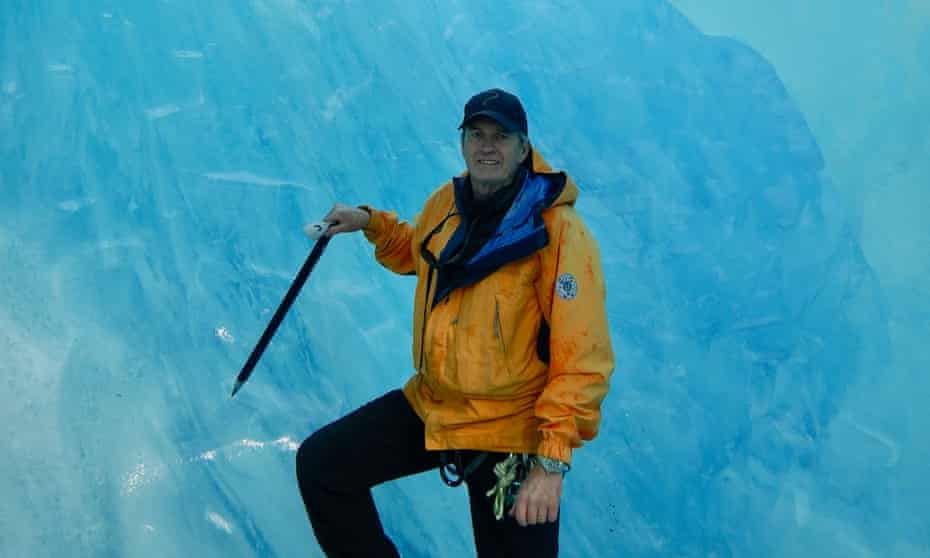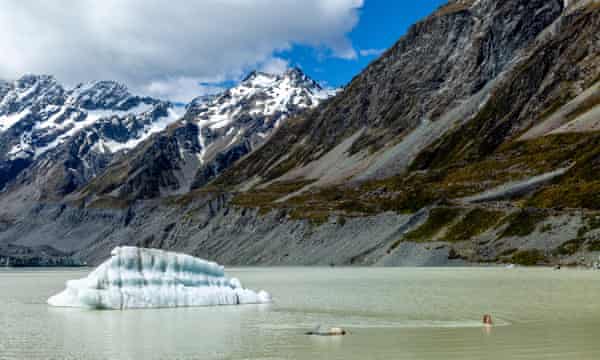Extract from The Guardian
From extreme weather obliterating homes to rising sea levels ruining crops, climate breakdown is a terrifying daily reality for many.

Last modified on Wed 10 Nov 2021 18.02 AEDT
Throughout the 2021 United Nations climate change conference, the Guardian will be publishing the stories of the people whose lives have been upended – sometimes devastated – by the climate breakdown.
Charlie Hobbs, Aoraki/Mt Cook, New Zealand
When the snowflake falls at the top of the glacier, it might take several hundred years or so to reach the bottom. By the time it reaches there, it’s compressed into ice, solid ice.
A glacier is a slow-moving river of ice. It turns corners, and like a river it gets eddies and roughness, it goes over waterfalls. At the top of the Tasman glacier we might get 50 metres of snow a year.
Over hundreds of years, as it moves down the valley, it can compress into a few centimetres or millimetres of ice. Decades and decades and decades, hundreds of years of ice forming.
I started my guiding business in 1989. I’ve been guiding on the glaciers, and on Aoraki/Mt Cook since that time, and I’ve seen a lot of changes. When I first started, the glaciers were there – and they are still there. But over the years, we noticed that the glaciers were receding.

A tourist swimming in the glacial Hooker Lake in Aoraki/Mt Cook national park. Photograph: Grant Rooney Premium/Alamy
If you get multiple seasons of lower snowfall, it’s going to have a huge effect on the glacier over time. You’ve got to feed a glacier with snow. It gets hungry for snow. So you’ve got to feed the upper regions of it with a huge amount, so that over time, that will start feeding and pushing down.
Thirty years ago, there was no lake. Now it’s about 6km long and 300 metres deep. We can take people paddling around icebergs who normally would have to travel to the Antarctic or Alaska to do that. So it creates opportunities for other things. That doesn’t help the glacier, of course: when the lakes get bigger and bigger, there’s more water volume, and when you’ve got more water, it will encourage ice to melt.
There’s no two ways about it: at the moment, the lakes are getting bigger. And there’s going to come a time when that huge Tasman glacier is going to leave the lake and move on to dry land, where it won’t calve off icebergs into the lake … The majority of people know that glaciers are receding but they just want to see them. There is a thing called last-chance tourism: “Come and see these glaciers, before they melt.”
No comments:
Post a Comment